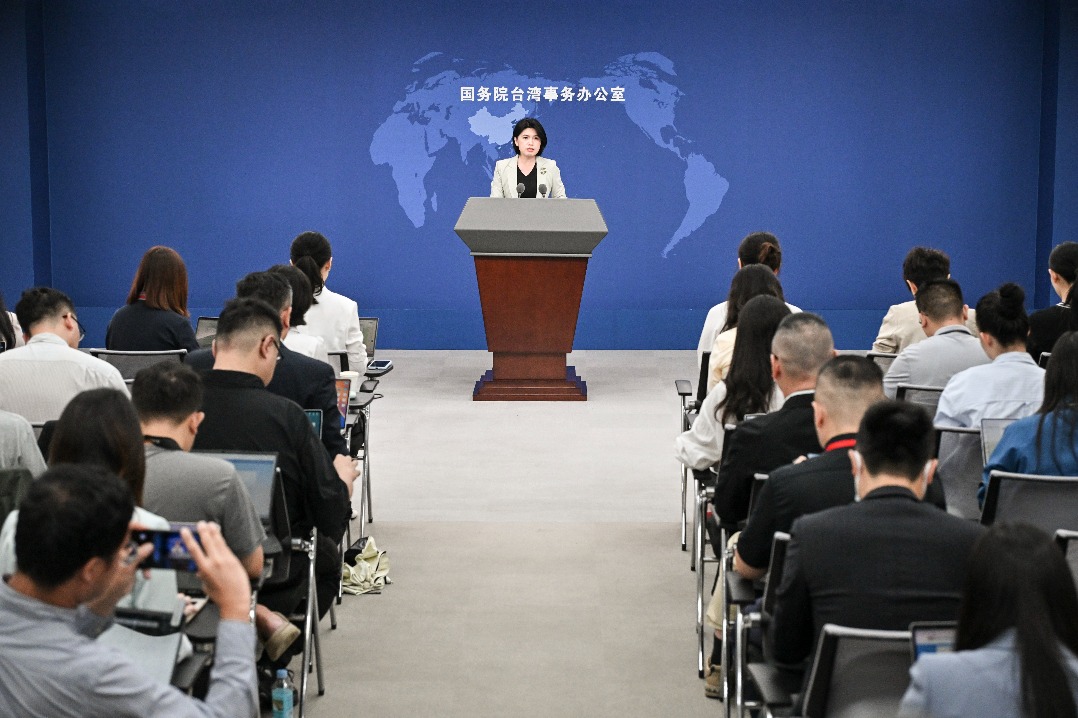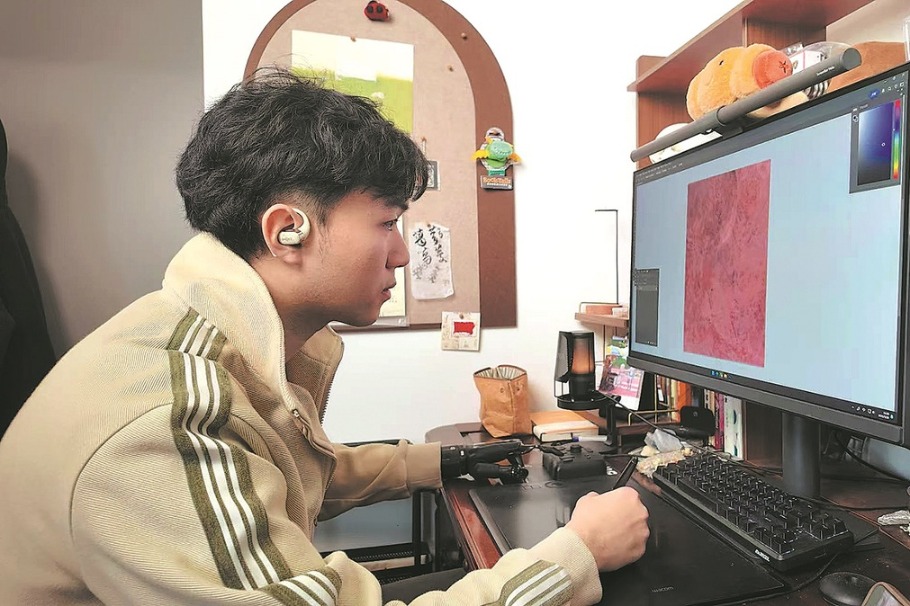Building nostalgia
After two films on Chinese architecture, experimental filmmaker Ju Anqi is now working on a third, Chen Nan reports.

A life can sometimes be defined by random events. For Ju Anqi, a Chinese filmmaker, a chance to visit the Visions du Reel International Film Festival, a leading non-fiction film event in Nyon, Switzerland, in 2009, led to a project that he has been pursuing for the past decade.
That year, Ju's film, Night in China, which showcases a side of the country rarely examined, by capturing people's lives in darkness, from 6 pm to 6 am, won the jury prize at the festival. During the event, Ju watched a documentary on Japanese architecture and its influence on the world, especially on architects from Northern Europe. The documentary intrigued Ju.
"It inspired me to think of Chinese architecture, which has a long history and rich regional diversity. I wanted to make a film about Chinese architecture and the idea kept on growing, though I wasn't quite sure if I could make it," recalls Ju.
Ju then started doing research, talking to Chinese architects and experts, and busying himself with finding financial support. The result of his labor is three films under the theme, "China's architectural heritage": Lou (Building), Chang (Factory) and Xiang (village).
On Dec 19, the first film, Lou, premiered during the Hainan Island International Film Festival in Sanya from Dec 18 to 25. The second film, Chang, was selected as one of nine finalists for the H! Action Project Market at the same festival. The film will premiere in March. The shooting of Xiang will be completed in 2023.
"It felt like a longtime wish had finally been fulfilled. I was relieved and thrilled," says Ju, adding that audience feedback for Lou was beyond his expectations.
"The 90-minute film is not commercial. I was very happy to see how engaged audiences were. During the hour-long Q&A session after the premiere, they asked me lots of questions."
The shooting for the film started in 2019. From then and until 2021, Ju traveled around the country with his small team of eight people and interviewed over 50 architects, scholars and experts, who showed him different buildings, both historical and modern.
Ju recalls the first day of shooting for Lou. It was March 2019 and he went to the former site of the Sino-French University in Beijing along with a teacher of the Chinese Academy of Social Sciences, who introduced the history of the buildings and the stories behind them.
Founded in 1920, the Sino-French University, located in the heart of Beijing, built a "bridge" for the exchange of culture and art between the East and the West. Chinese educator Cai Yuanpei was a co-founder of the university and its first president. The buildings, designed by Wang Shenbo and containing important relics such as a plaque written by Sun Yat-sen, were included in protected cultural heritage in 1987 by the Beijing municipal government.
"I agree with the design philosophy of American architect Louis Kahn, who was interested in community life and the social responsibility of architecture. When I looked at the buildings, I saw distinctive styles, and most importantly, I learned about the buildings' relationship with people," says Ju.
"I started the film project out of pure personal interest but as the shooting developed gradually, it became a responsibility."
One of the buildings where Ju shot during the making of Lou was the Zhenfeng Pagoda, which is located inside Yingjiang Temple on the banks of the Yangtze River in Anqing city, Anhui province. Built during the Ming Dynasty (1368-1644), the brick temple is over 60 meters tall and has eight sides. In May 2021, the pagoda was hit hard by a rainstorm and the top collapsed. The local government in Anqing tried to restore it but had no photos or videos of the original look of the pagoda.
"We've taken videos and photos of the pagoda when we went to Anqing to shoot the film, including some aerial shots. So I offered the government our videos and photos, helping them to restore the top of the pagoda," says Ju. "The enthusiastic response made me very happy. The project is not only dear to me but also to lots of others who are keen on protecting old buildings."
The idea of shooting two more films, based on buildings in China, was born when Ju was shooting Lou. He says he met many people who told him that factories and buildings in villages in the country should be documented via camera, because they represent different eras and local lifestyles.
The director visited over 30 sites of former factories, and found that most had been renovated as art zones and office spaces. Ju used his camera to tell stories about the factories, linking history with the present.
As for the subject of his third film, Xiang, Ju says, "I want to make a film that is about villages in China and people's nostalgia."
So far, he has collected information on some 80 buildings in villages, such as in Quanzhou, Fujian province, and Kashgar, Xinjiang Uygur autonomous region.
Ju has launched the China Architectural Heritage Film Center that works on "documenting, protecting and preserving old buildings in China", by working with local governments across provinces.
"The trilogy allowed me to delve into Chinese architecture and I hope the three films can eventually help to change things, such as having more people involved in filming and protecting old buildings," Ju says.
Born in 1975 in Urumqi, Xinjiang, he graduated from the directing department of Beijing Film Academy. He is regarded a pioneer among China's new generation of experimental filmmakers and his work covers videos, photography, narrative films and paintings.
In 2000, Ju's debut film, There Is a Strong Wind in Beijing, was shown at the 50th Berlin International Film Festival. In 2003, his documentary, Quilts, premiered at the Amsterdam Documentary Film Festival.



Today's Top News
- Tajikistan looks to China for deeper ties
- High-tech manufacturing lifts industrial profits
- Avenue blooms with flowers to mark victory
- Mainland slams DPP for distorting WWII history
- Northeast Asia trade in focus at Jilin expo
- Organic agriculture forum unites global experts in Datong






























